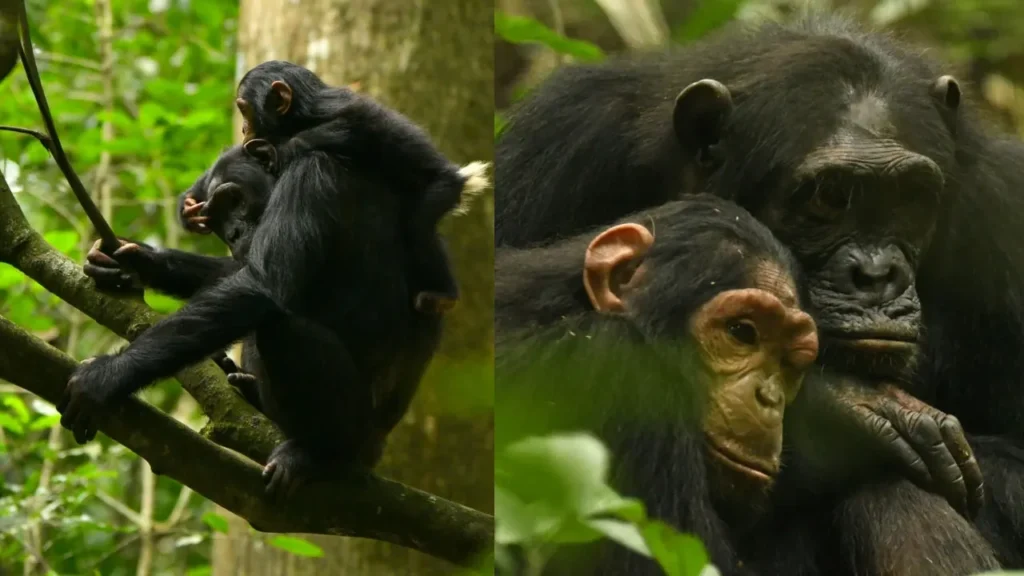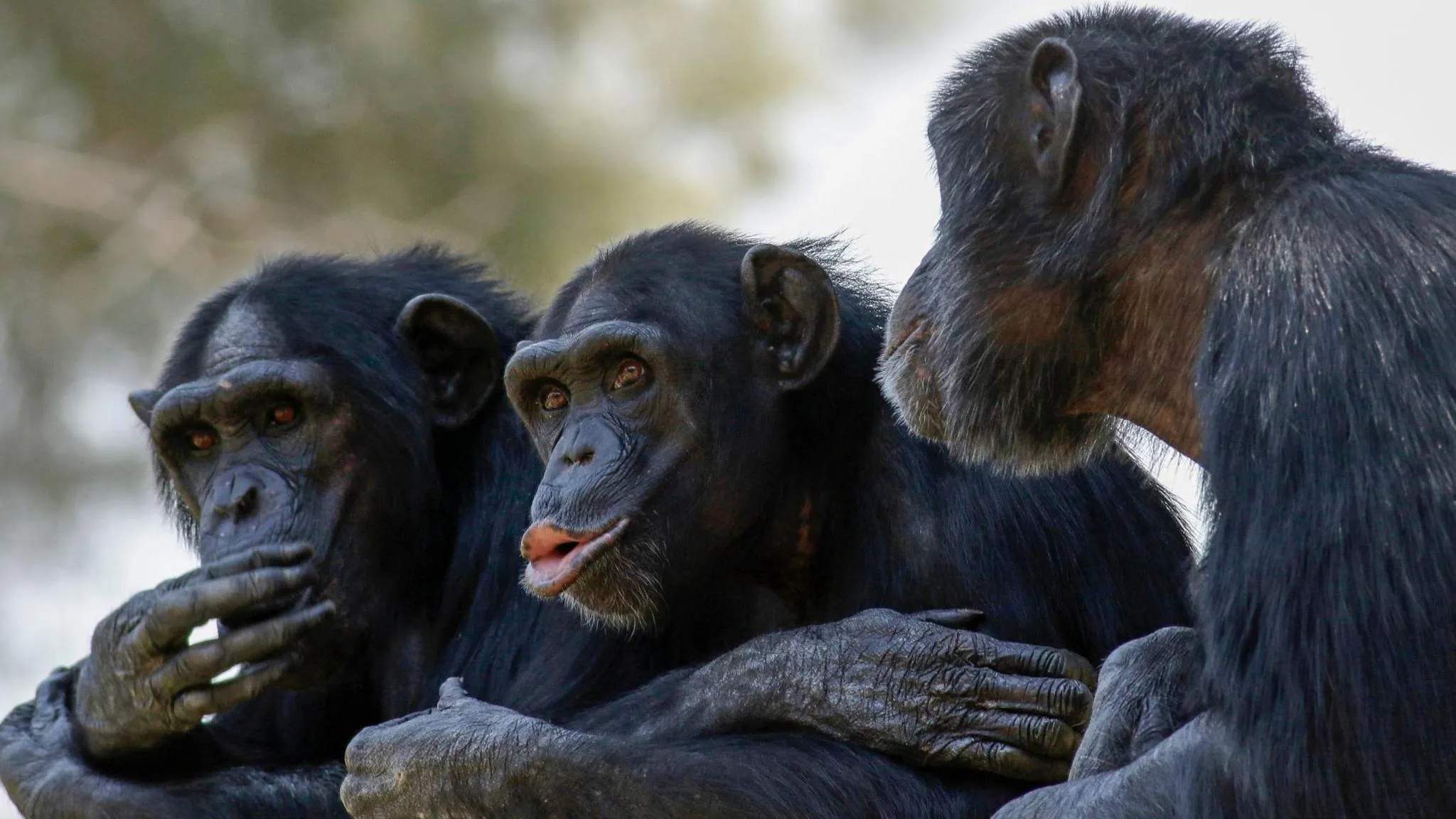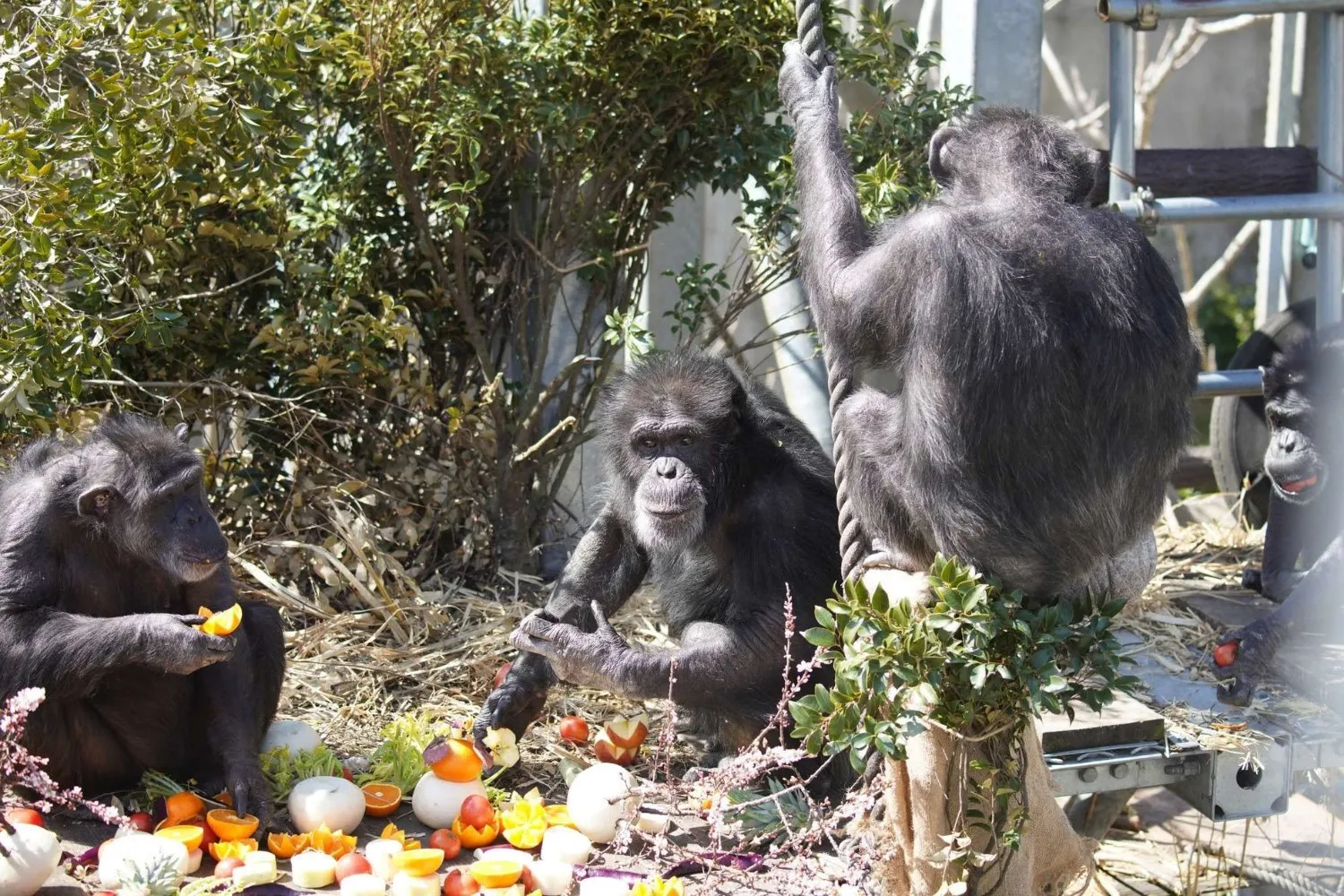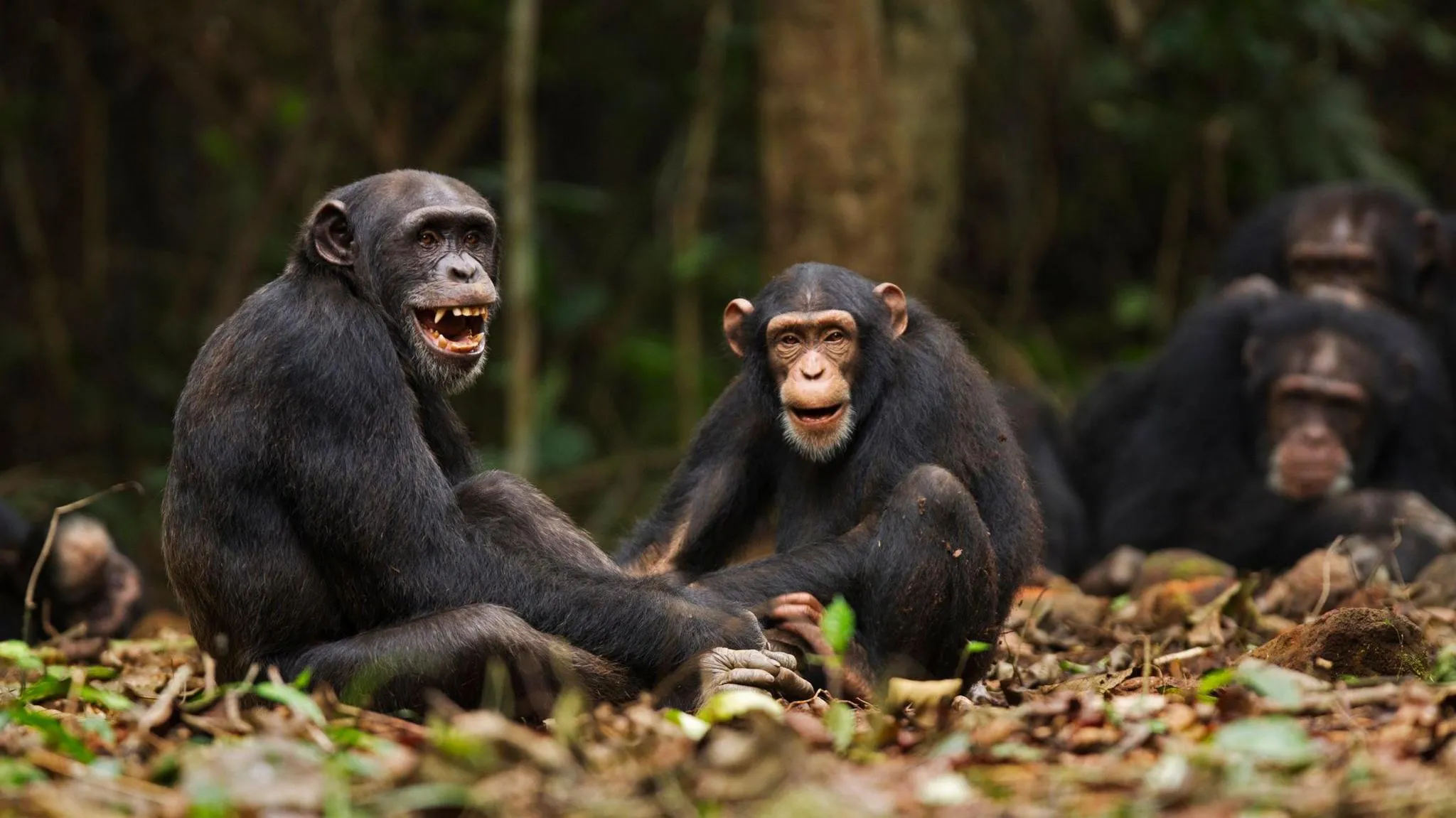
In the dense canopy of research subjects, the common chimpanzee often provides more than just a peek into the primal aspects of behavior that hint at our own societal foundations. A recent study has turned the spotlight on a peculiar activity: the seemingly contagious nature of urination among chimpanzees. This oddity was not the product of mere happenstance but emerged from a rigorous 600-hour observation by researchers led by Ena Onishi from Kyoto University.

The Genesis of the Study: A Curious Observation
The inception of this unusual study was sparked by a casual observation. Onishi noted that chimpanzees under her observation at Kyoto University seemed to initiate a chain reaction of urination. “They seemed to have a tendency to urinate around the same time,” Onishi remarked, pondering the contagious nature of this routine behavior. This led to an extensive research initiative, where Onishi and her team meticulously documented 1,328 urination events among 20 captive chimpanzees.
The Mechanics of Mimicry in Chimps
The findings of this study, as published in Current Biology and reported by NPR, suggest that proximity plays a significant role in this shared behavior. Approximately 10% of the urination instances were influenced by another chimp within arm’s reach engaging in the same act first. This revelation underscores a subtle form of social mimicry not tied to friendship or familiarity, as Onishi discovered. Contrary to initial assumptions, social closeness did not significantly dictate these mimicry behaviors. However, social hierarchy did impose its influence. “Individuals with lower dominance status were more likely to follow the urination of others,” the study articulated.

Theoretical Implications of Synchronized Urination
The implications of these findings are twofold. Onishi theorizes that synchronized urination could serve a dual purpose: enhancing group cohesion or readiness for collective activities, and minimizing the risk of predator tracking. “By keeping urination localized, the group can reduce the risk of predators tracking them through the scattered urine scents in their territory,” Onishi explains, providing a strategic angle to this behavior.
Moreover, the simpler triggers of this mimicry could be rooted in basic sensory stimuli, as Andrew Gallup, a behavioral biologist at Johns Hopkins University who was not involved in the study, suggests. The mere sound or sight of another chimpanzee urinating might be enough to stimulate a similar response in nearby chimps.

A Glimpse into the Primal and the Present
This study not only highlights the intricacies of chimpanzee behavior but also offers a mirror to our own responses to social stimuli. The underlying mechanisms of such actions continue to intrigue and enlighten those studying animal behavior, providing valuable insights into the evolutionary trajectories shared by primates.
